Current Success Stories
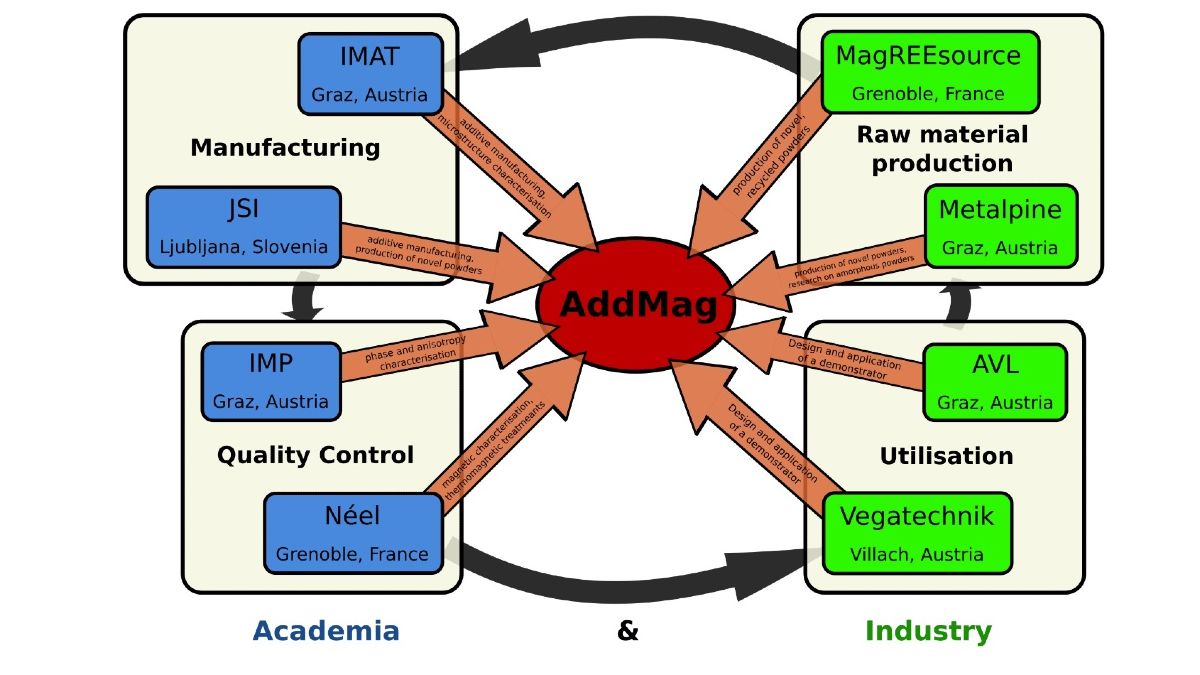
AddMag
The AddMag project has successfully demonstrated that additive manufacturing (AM) can produce permanent magnets with exceptional magnetic performance, dimensional accuracy, and sustainability.
more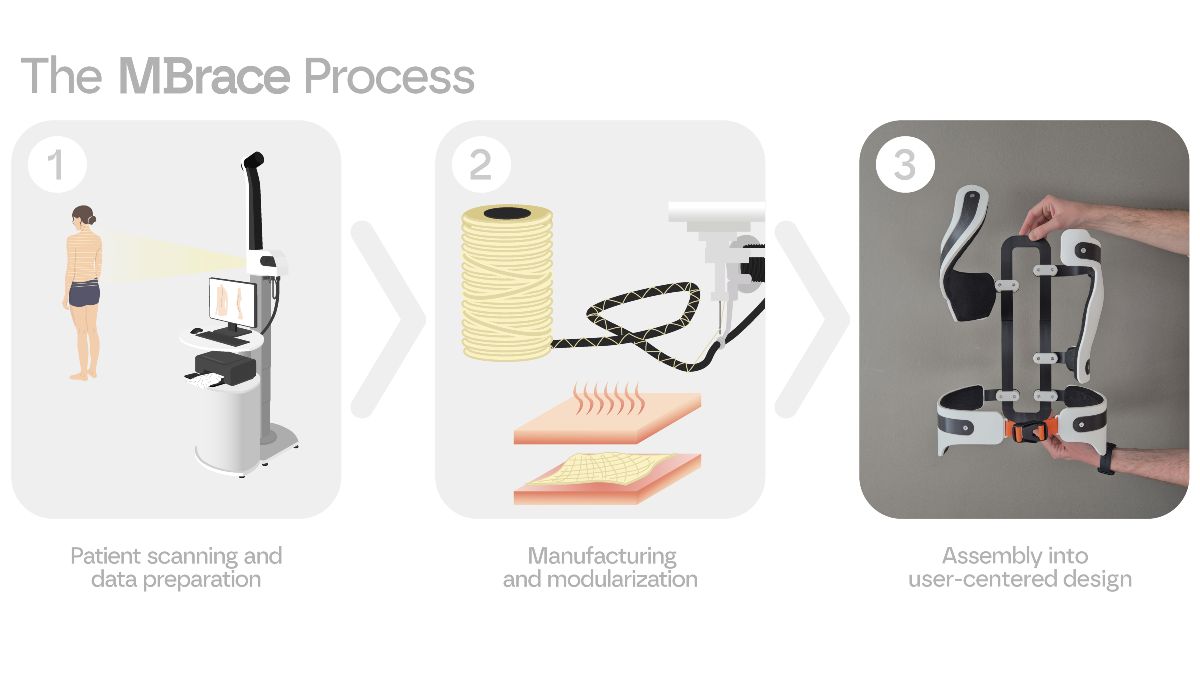
MBrace
Every year, 22 million Europeans are treated for adolescent idiopathic scoliosis, a spinal deformation developing during the ages ten to eighteen. The MBrace project aimed to significantly improve the well-being of these young patients.
more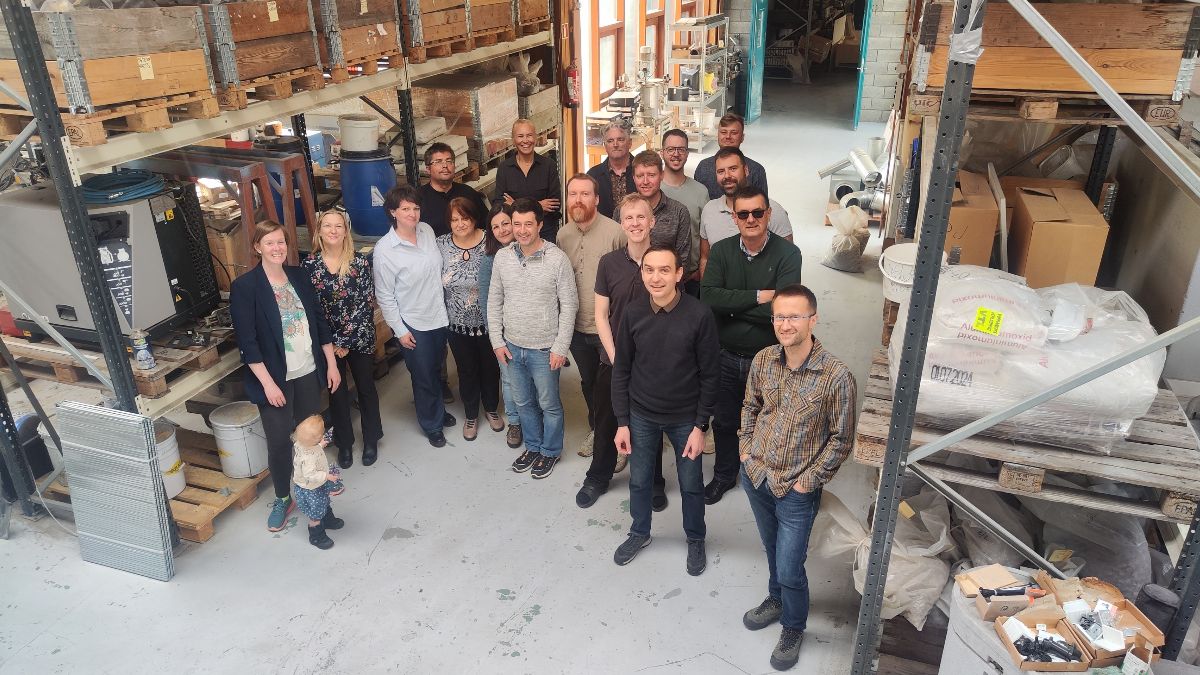
GEOSUMAT
The GEOSUMAT project has the objective of utilizing local waste materials as replacements for all compounds in geopolymers, namely precursors, activators, and aggregates. Over 30 different materials were analyzed using various techniques such as Xray fluorescence, X-ray diffraction, etc., and classified as geopolymer input materials in the developed database.
more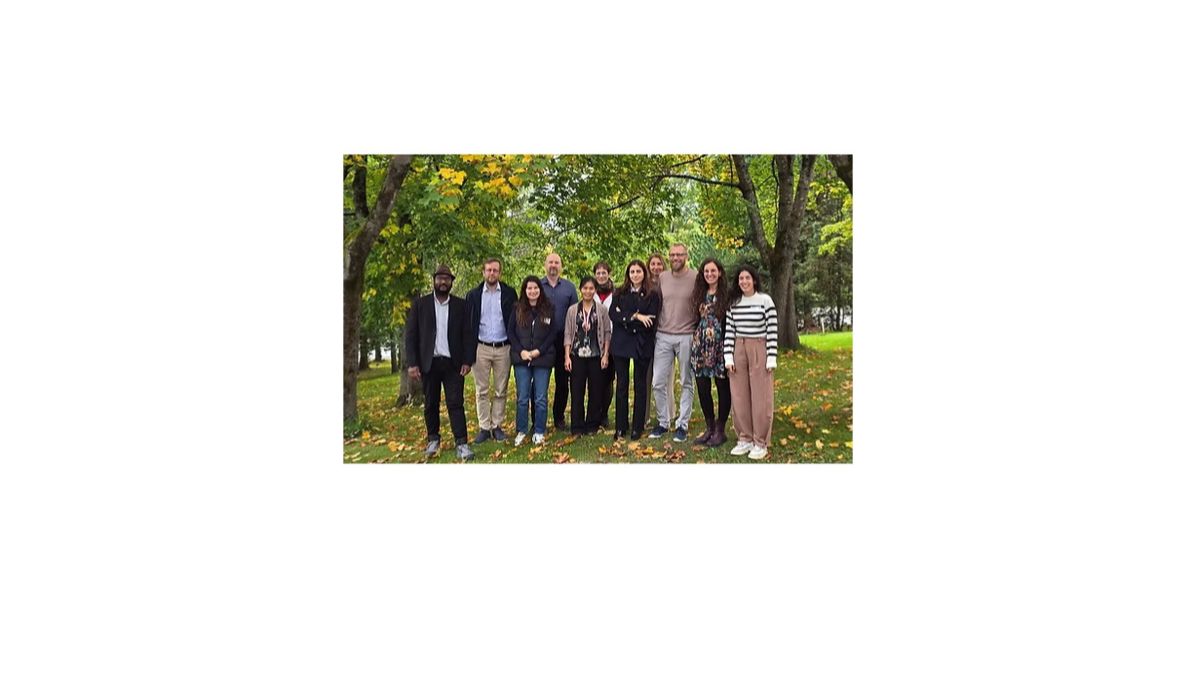
Nano4Glio
Nano4Glio aims to develop an innovative implantable device for the continuous and targeted treatment of glioblastoma multiforme. This biodegradable device is designed to co-deliver the gold-standard drug (temozolomide) and a MGMT protein inhibitor directly to brain tumor cells, overcoming the limitations of current GBM therapies, such as low drug bioavailability and resistance mechanisms.
more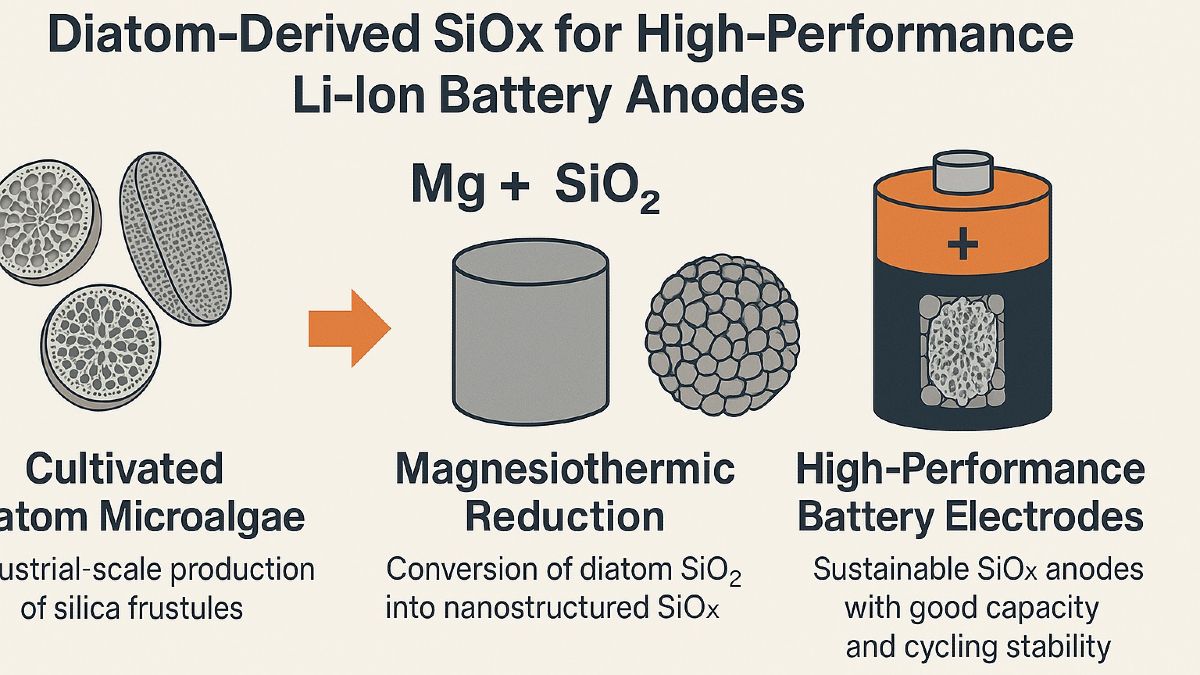
SUSTBATT
This project has been highly successful in establishing new scientific and technological foundations for the use of biologically derived silica in energy storage applications. Our work demonstrated, for the first time, that industrially cultivated diatom microalgae can be effectively employed as a renewable template for the synthesis of nanostructured silicon suboxide (SiOx) materials, which are promising negative electrodes for lithium-ion batteries (LIBs).
more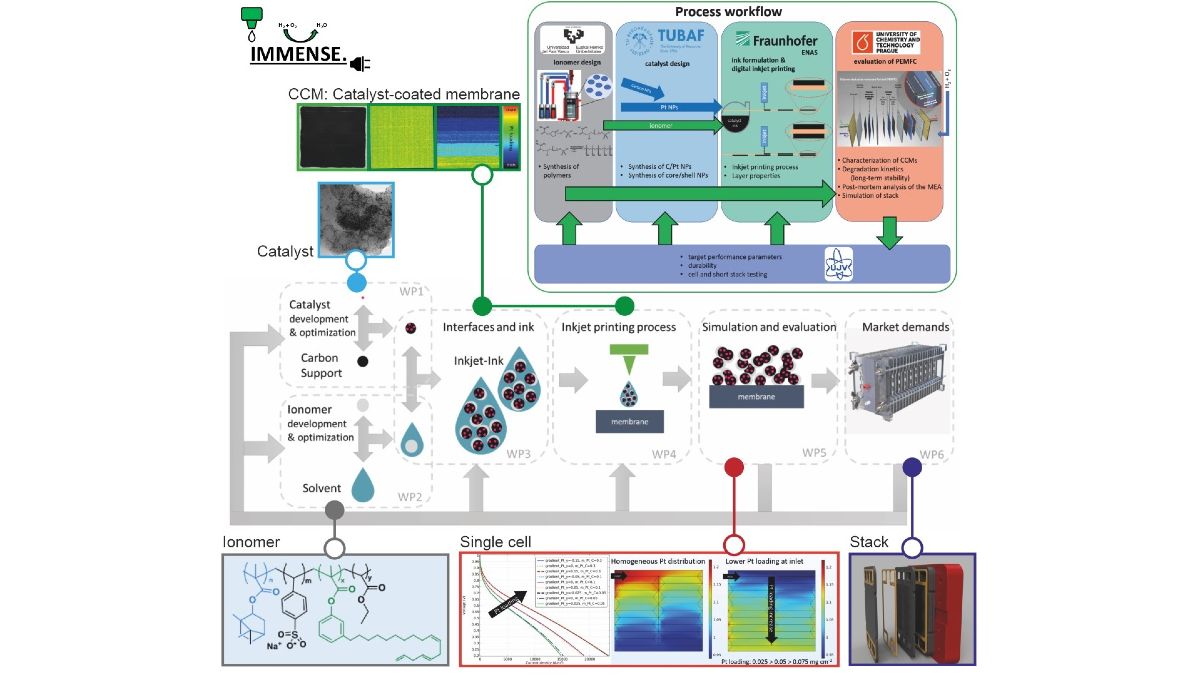
IMMENSE
In the course of global undertakings to achieve a CO2-neutral energy economy, the German-Spanish-Czech consortium of the project named IMMENSE targets the UN sustainable development goals (SDG) 7 and 9. In detail, it plans to make impact on the current fuel cell technology by tailoring the catalytic ink and processing it using digital inkjet-printing technology supplementing the currently used analogous processes.
more
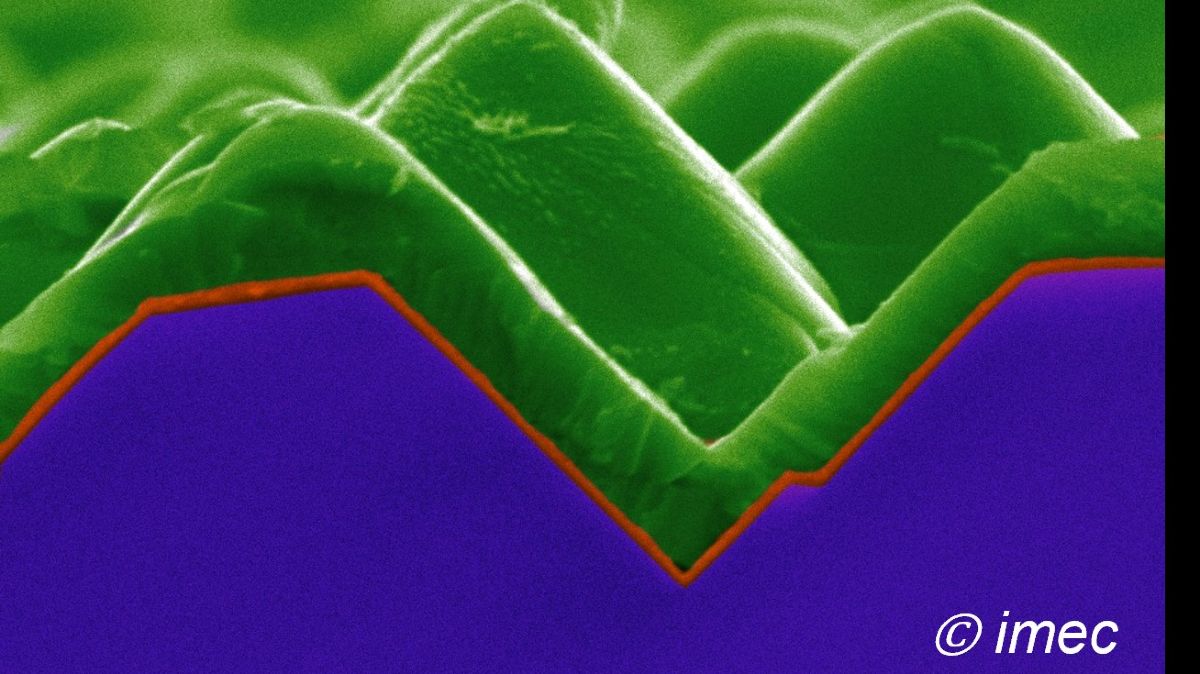
KESPER
The project ventured into developing multinary kesterite compound for photoelectrochemical water splitting and ammonia generation. Despite relentless efforts to improve, the instability of kesterite in aqueous media and control over phase impurities posed a setback to achieve the ambitious objectives of the project.
more
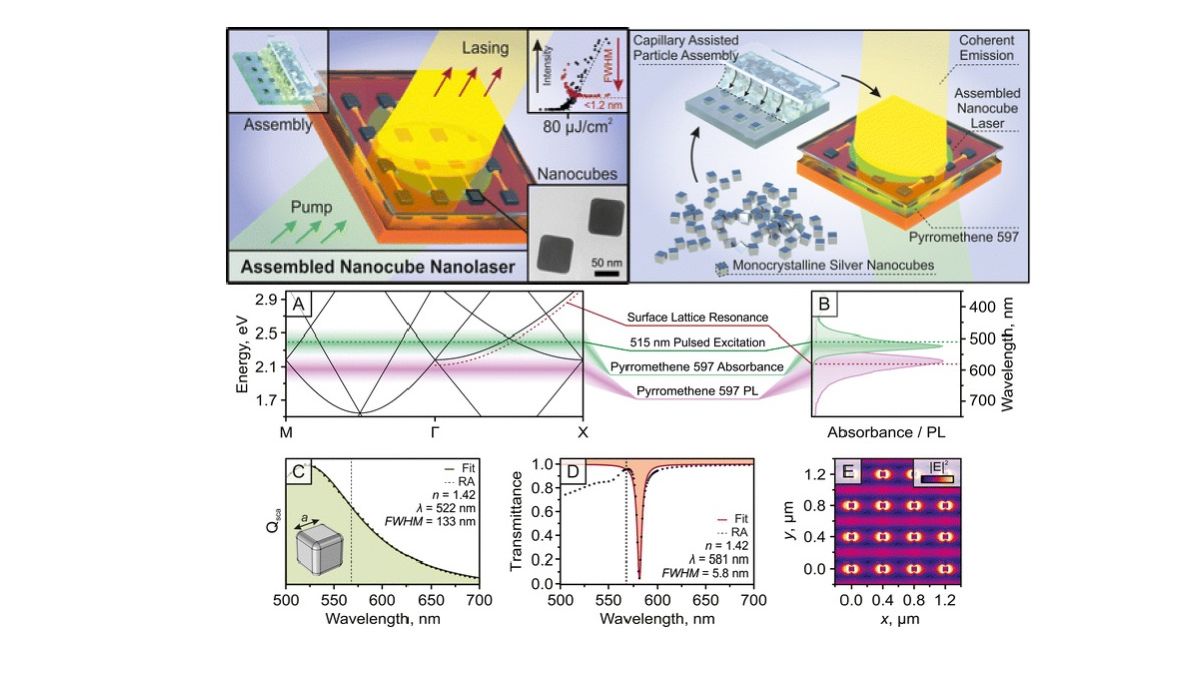
LaSensA
Our study on nanolasers performed within a project by partners Kaunas University of Technology (KTU), Lithuania and National Institute for Materials Science (NIMS), Japan, has achieved significant international acclaim. The research, detailed in the article "Lasing in an assembled array of silver nanocubes" published in Nanoscale Horizons, introduces a novel approach to developing plasmonic nanolasers.
more
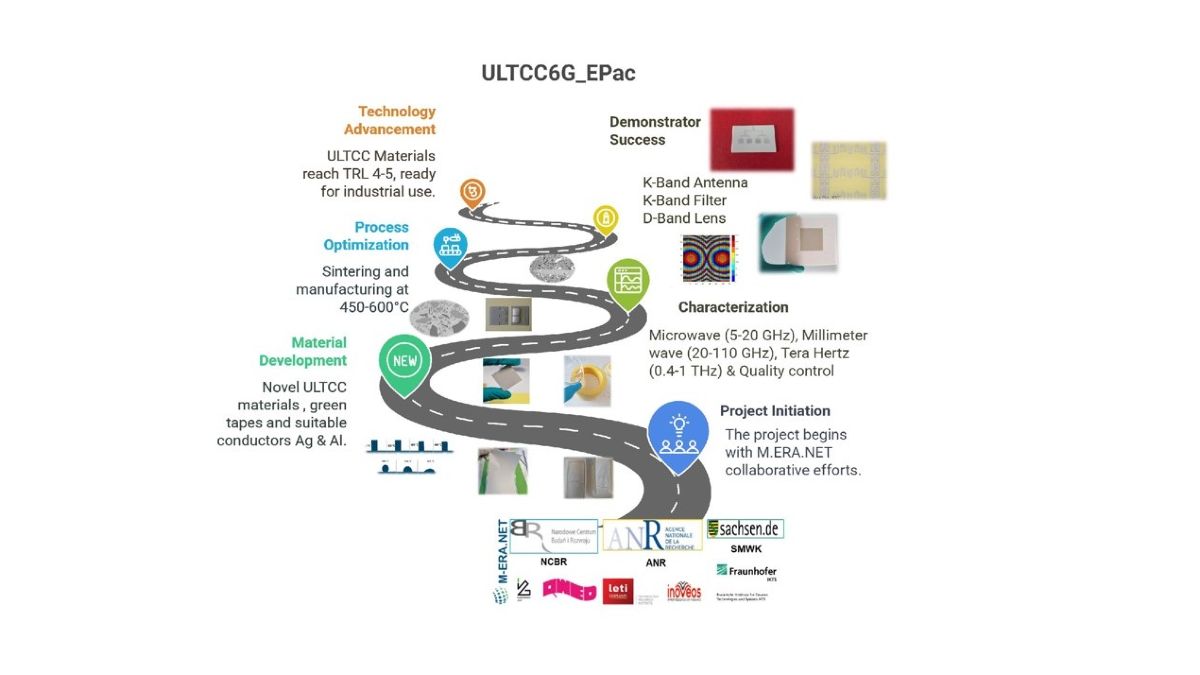
ULTCC6G_EPac
The ULTCC6G_Epac project has achieved groundbreaking advancements in the development and validation of Ultra-Low Temperature Co-fired Ceramic (ULTCC) materials, paving the way for next-generation microwave and millimeter-wave applications.
more
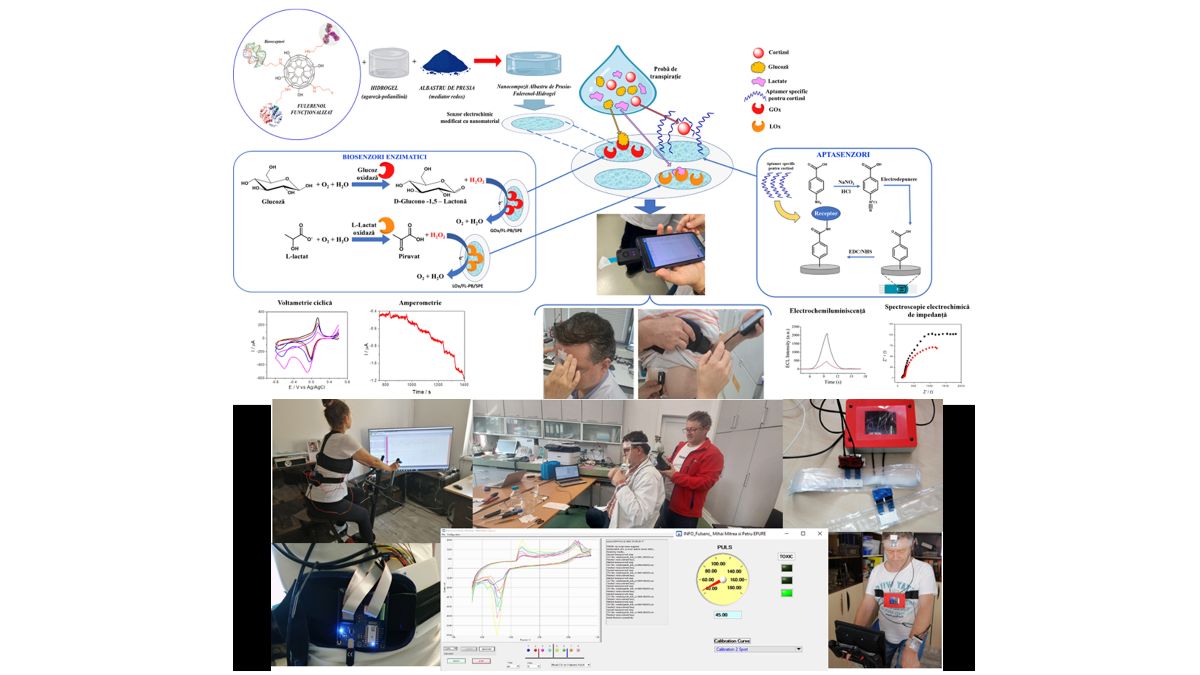
FULSENS-GEL
The M-ERA.NET FULSENS-GEL project aimed to develop an innovative nanocomposite material, based on the combination of elastic, resistant and flexible hydrogels with functionalized Fullerenol (FL)-based nanomaterials, thus obtaining new conductive hydrogels, with tunable network structures, active surface and improved electrochemical, mechanical and optical properties.
more
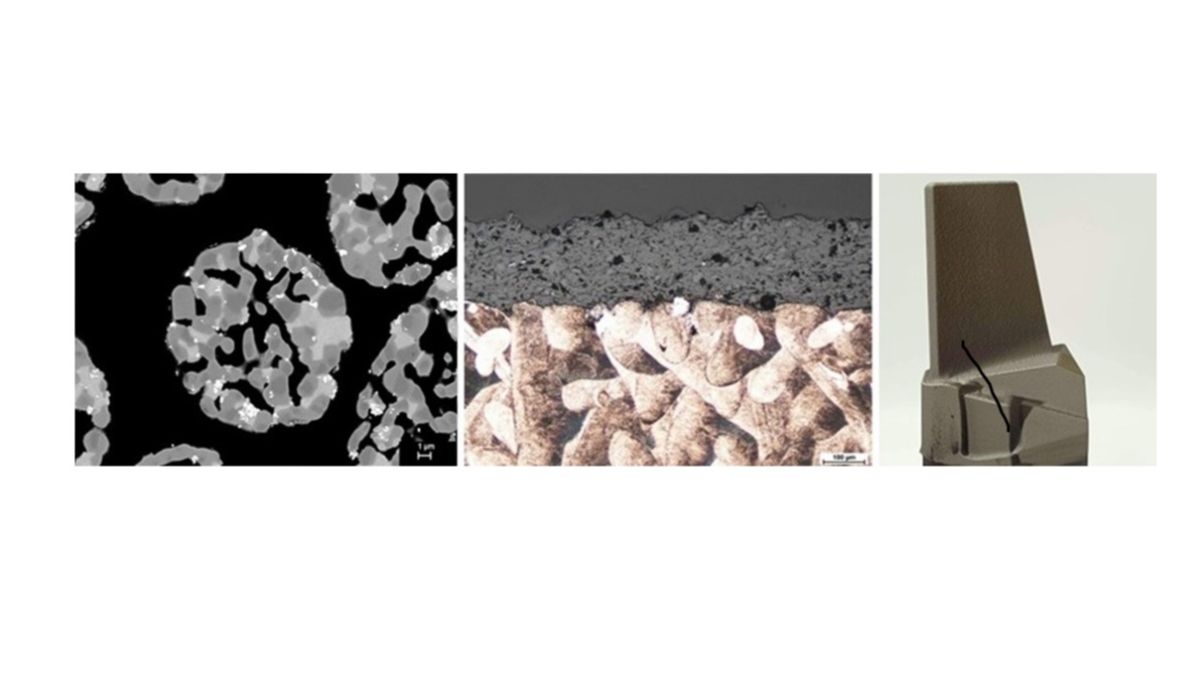
DePriSS
The DePriSS project focused on combining advanced 3D printing and thermal spraying technologies to develop components with improved wear and fatigue resistance under dynamic and cyclic loads. By integrating these two additive manufacturing methods, the project aimed to overcome traditional manufacturing limitations and achieve superior surface properties for high-tech applications. Within the project duration, several specific achievements were reached.
more
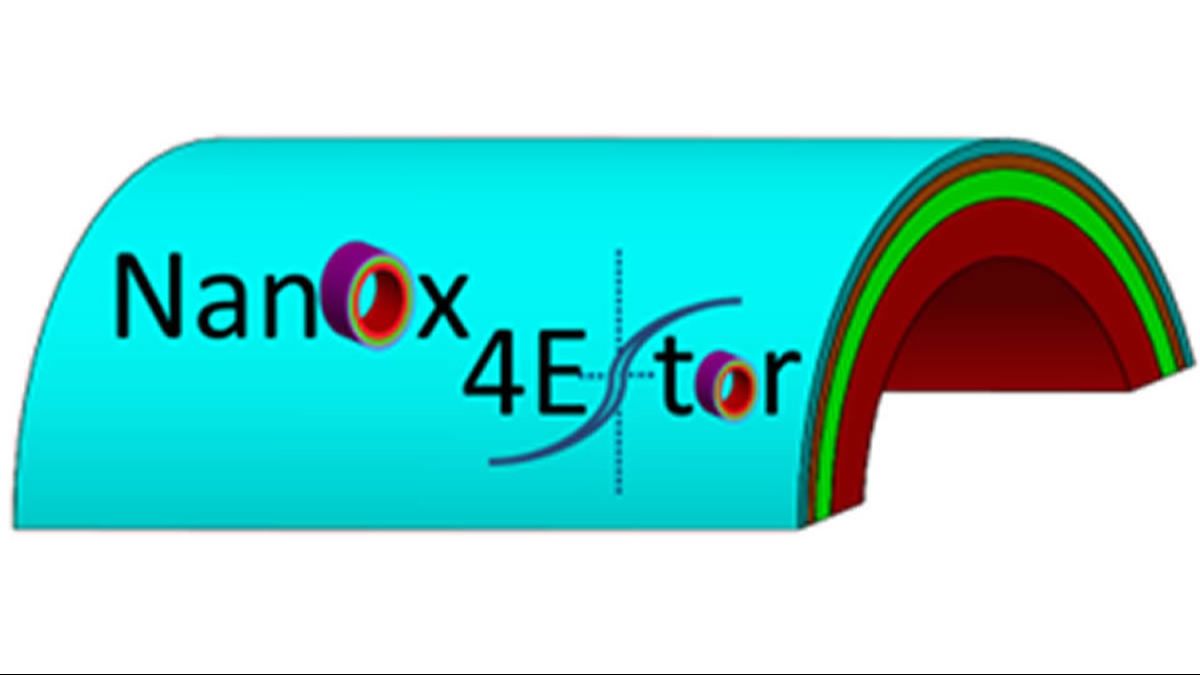
NanOx4Estor
The NanOx4EStor project (Nanoscaled Ferroelectric (Pseudo)-Binary Oxide Thin Film Supercapacitors for Flexible and Ultrafast Pulsed Power Electronics) aims to develop innovative, cost-effective, high-throughput methods for fabricating advanced dielectric capacitors.
more
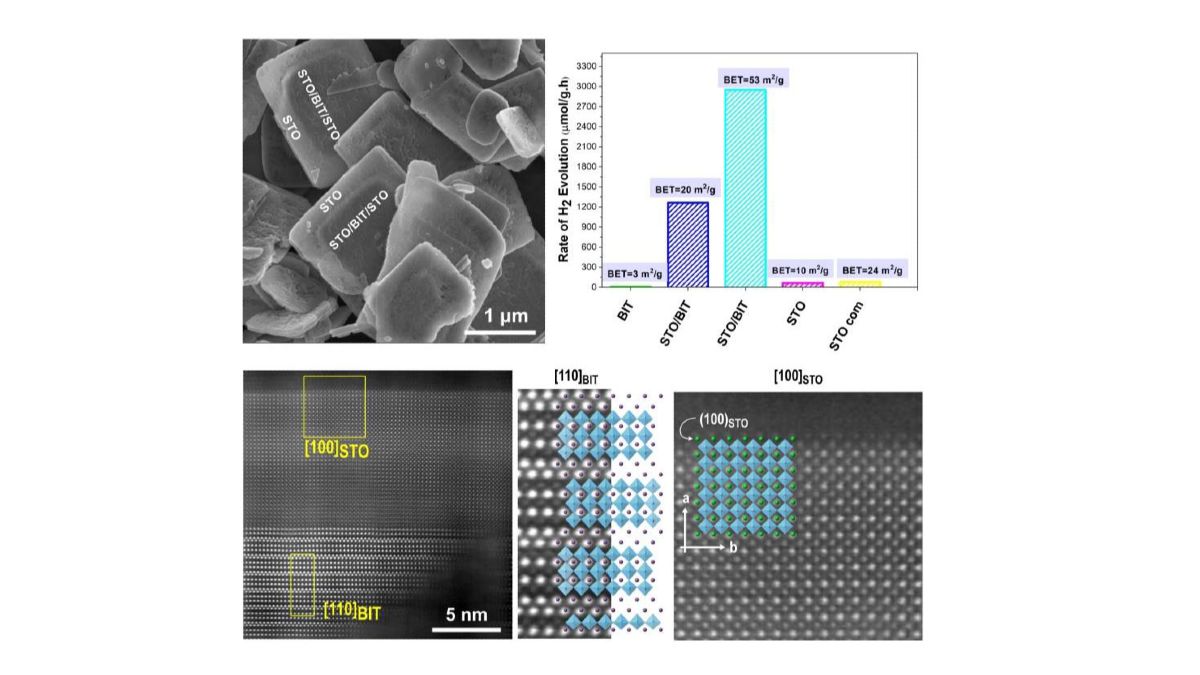
SunToChem
The main aim of the SunToChem project was to design new efficient H2-evolution photocatalysts. The engineering of the photocatalysts was performed based on an in-depth understanding of nucleation-crystallization phenomena and supported by density functional theory (DFT) calculations. The research was focused on perovskite titanates, particularly on two-dimensional (2D) SrTiO3/Bi4Ti3O12 nanoheterostructures, 2D SrTiO3 nanoplatelets, SrTiO3 cube-like particles with different types of exposed facets and Al-doped SrTiO3 particles.
more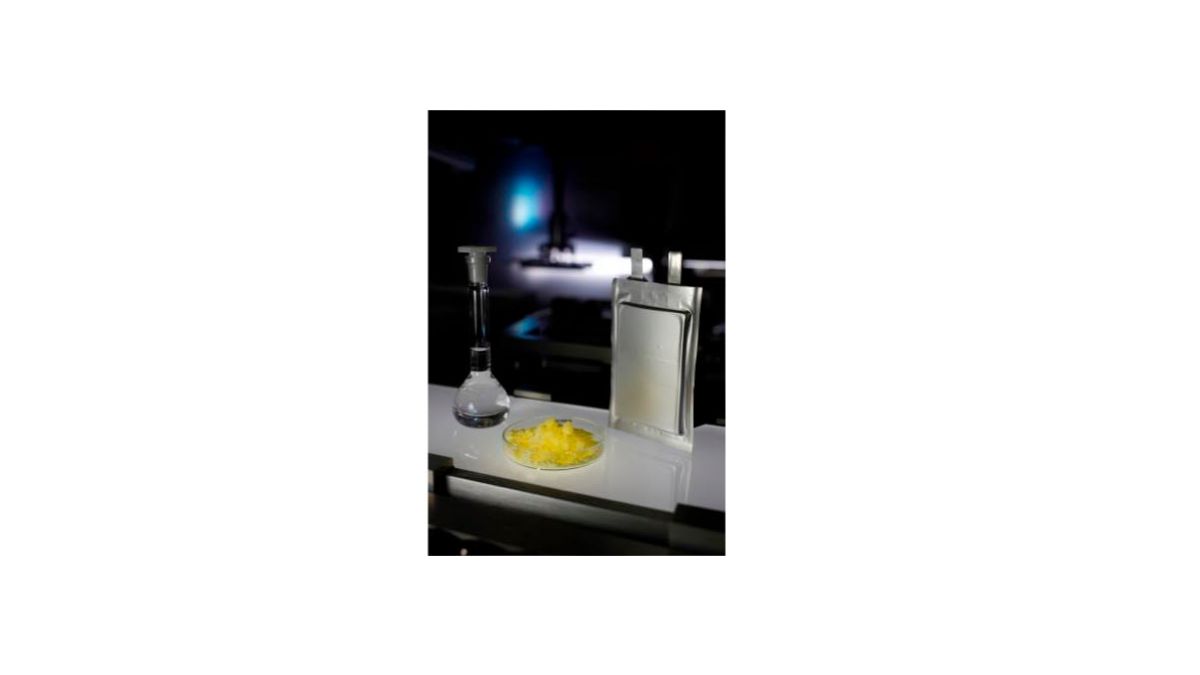
SLIM-FIT
Main objective of "SLIM-FIT" is to establish an advanced battery cell design based on innovative, interpenetrating electrode and separator coatings aiming for stable and safe Lithium-Sulfur (Li-S) batteries for mobile applications. The concept uses a widely un-explored regime of "slim" electrode dimensions (10 µm – 20 µm thickness compared to 80 µm - 100 µm in state-of-the-art battery cells), specifically "fitted" to the requirements of high performance Li-S technology. Aim is to demonstrate the new concept in prototype Lithium-Sulfur battery cells in an application-relevant evaluation.
more
DURACER
The DURACER project developed ceramic tool composites based on alumina reinforced with super-hard cubic boron nitride (cBN) particles. The composites, in accordance with the project assumptions, were obtained using the Spark Plasma Sintering method. The main challenge was the metastability of cBN under SPS conditions. At high temperatures, cBN transforms into a hexagonal, graphite-like form and therefore ultra-high pressure must also be ensured during its sintering to avoid cBN-->hBN transition.
more
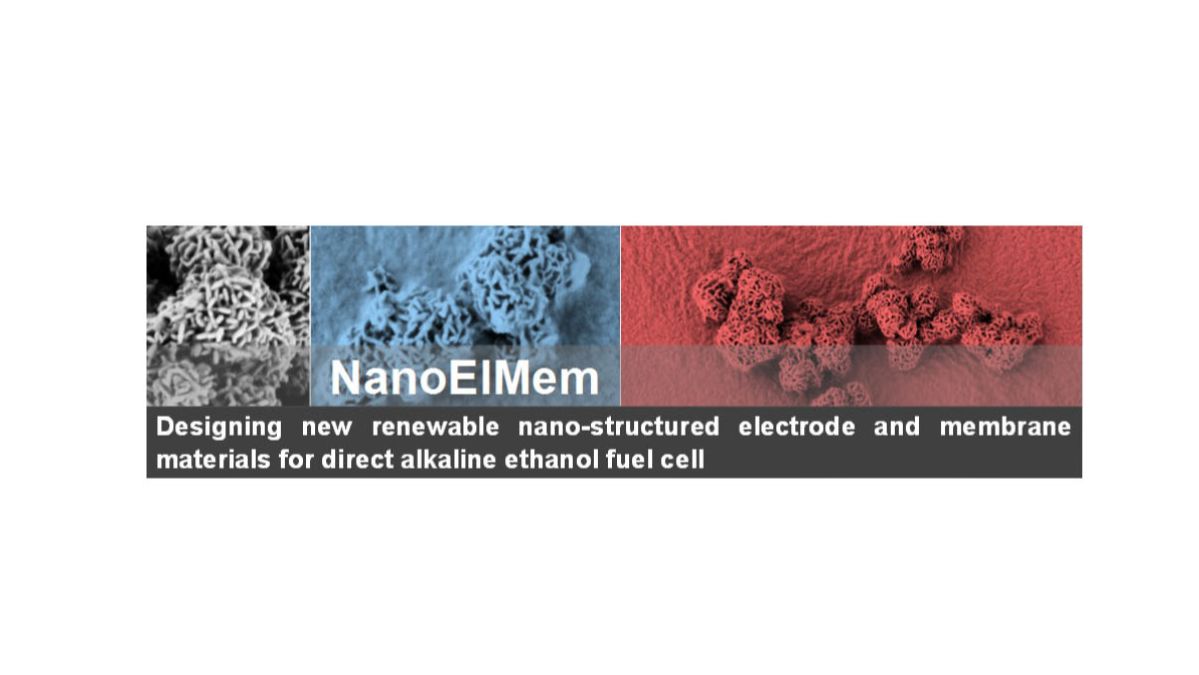
NanoElMem
The NanoElMem project presents an innovative approach towards the design and fabrication of materials for the creation of direct alkaline ethanol fuel cells (DAEFC). Emphasis was put on the development of platinum (Pt)-free anode catalysts and nano-composite membranes, where environmentally friendly and sustainable polysaccharides and inorganic materials were employed. The vast potential of graphene, from a scientific and applied point of view, was harnessed as an active component in polysaccharide-based nanocomposite membranes.
more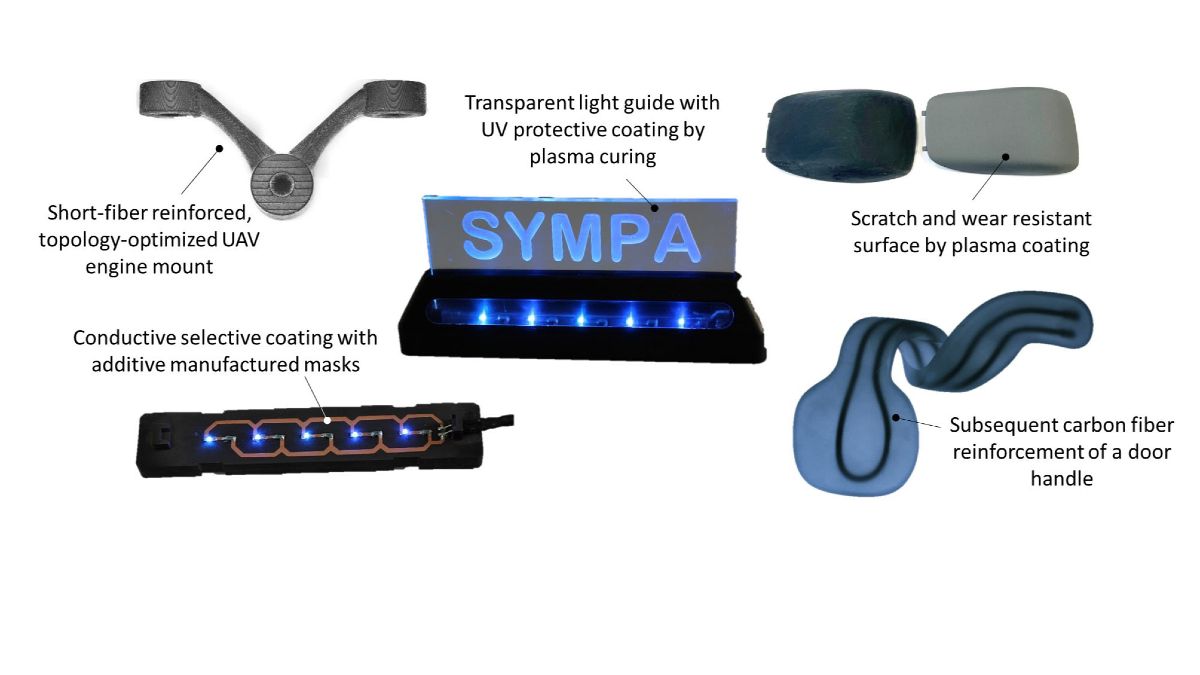
SYMPA
Stereolithography is an additive manufacturing method, which enables high-precision processing of thermoset resins, mostly acrylate- or epoxy-based photopolymers. Material consumption is comparable low because the unused resins can be re-used and even transparent components can be manufactured. However, mechanical properties and long-term stability of such components are rather low, hindering their use for durable automotive applications.
Success Stories published in Booklet 1 and Booklet 2
Integrated Computational Materials Engineering (ICME)
COR_ID - Design of corrosion resistant coatings targeted for versatile applications
Materials for Sustainable and Affordable Low Carbon Energy Technologies
PiezoMEMS - Piezoelectric MEMS for efficient energy harvesting
MOC@SUPCAP - Design of new metallic oxide-carbon hybrid composites for supercapacitors electrodes
CCSRender - Energy efficient nano-modified renders with CO2-storage potential
NEXMAG - New Exchange-Coupled Manganese-Based Magnetic Materials
Materials for Sustainable and Affordable Low Carbon Energy Technologies
NANOCOATIL - High performance nanostructured coatings using ionic liquids based on choline chloride
INTCERSEN - Integrated sensors with microfluidic features using LTCC technology
NanoGraM - Graphene Fabrication, Integration and Metrology for Nanoelectromechanical Systems
ENPIEZO - Enabling technology for high-quality piezoMEMS
SurfLenses - Surface modifications to control drug release from therapeutic ophthalmic lenses
NESSIE - New Structured Substrates for Downstream Processing of Complex Biopharmaceuticals
Functional Materials Focusing on Sensors
Materials for Health Applications
Materials for Additive Manufacturing
High Performance Composites / Biobased Performance Material
MACOSYS- Magnetically active anisotropic composite systems
VOCSENSOR - Hybrid Materials for Low Cost Volatile Organic Compound Sensor system
CAPDESIGN - Encapsulation of polymeric healing agents in self-healing concrete: Capsule design
GRACE - Graphene-ceramic nanocomposites for tribological application in aqueous environments
